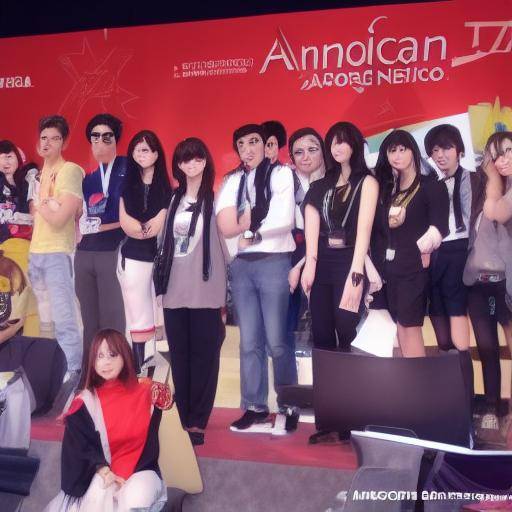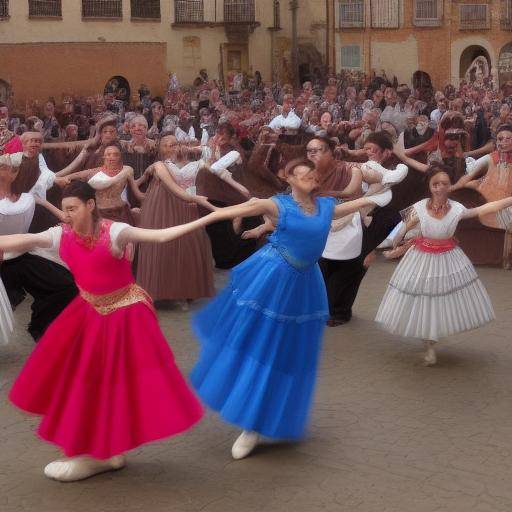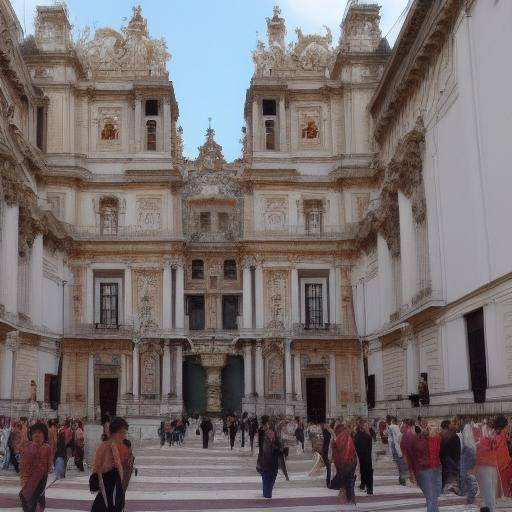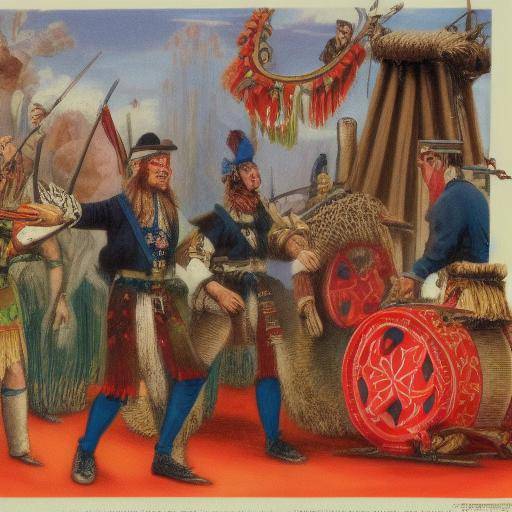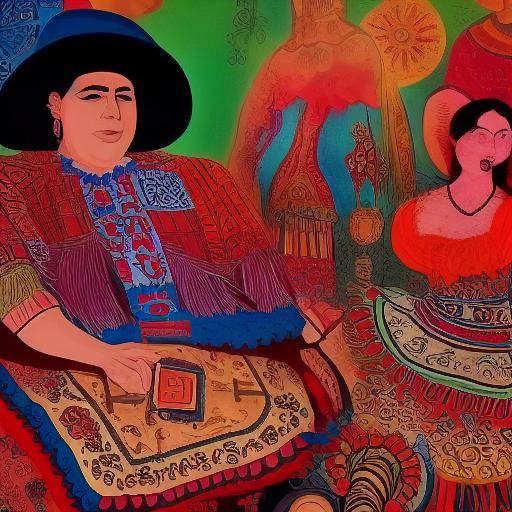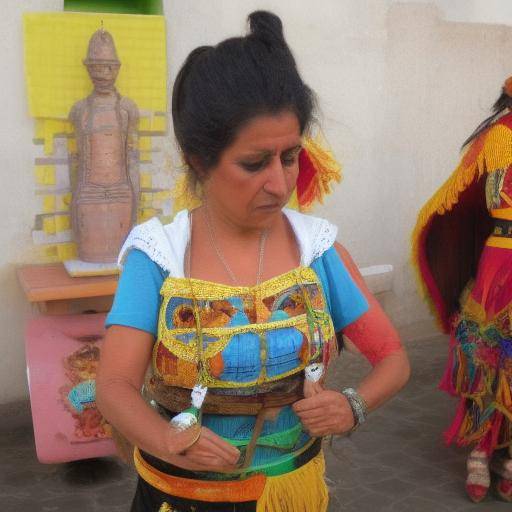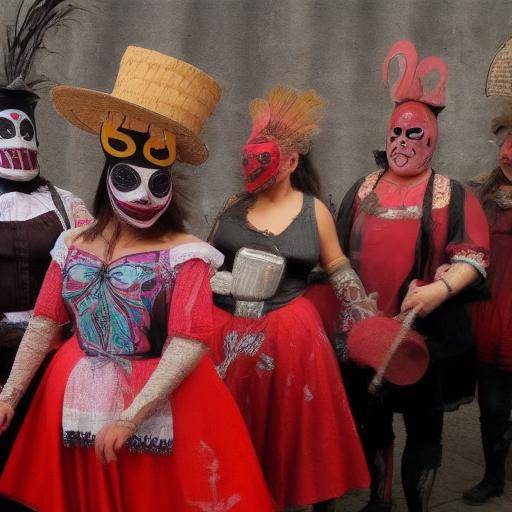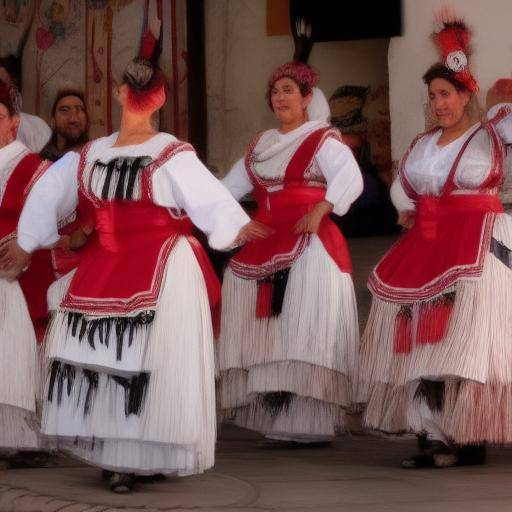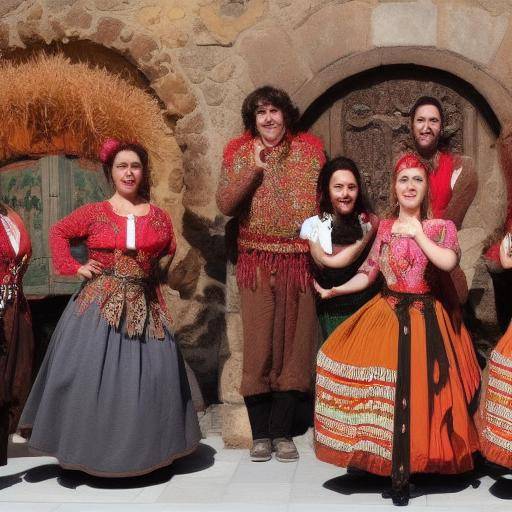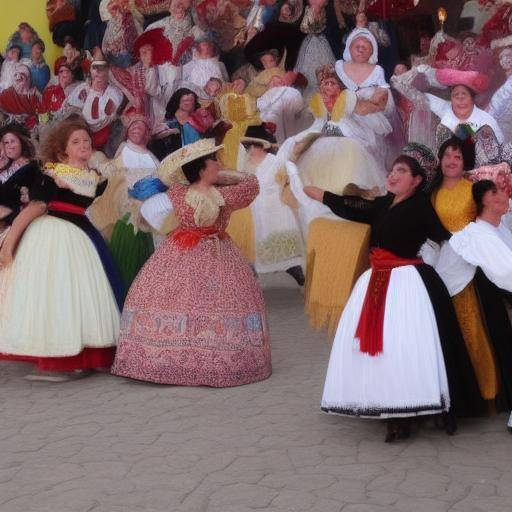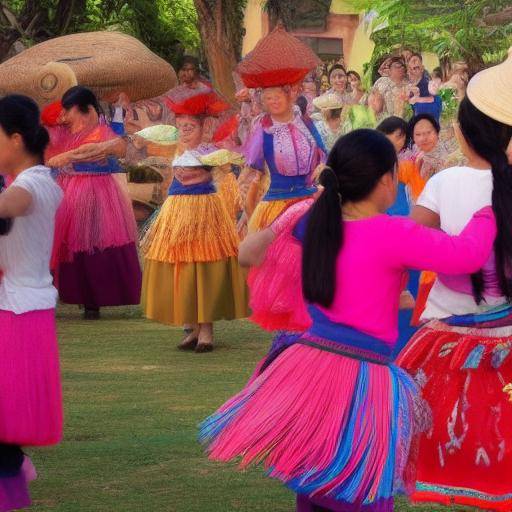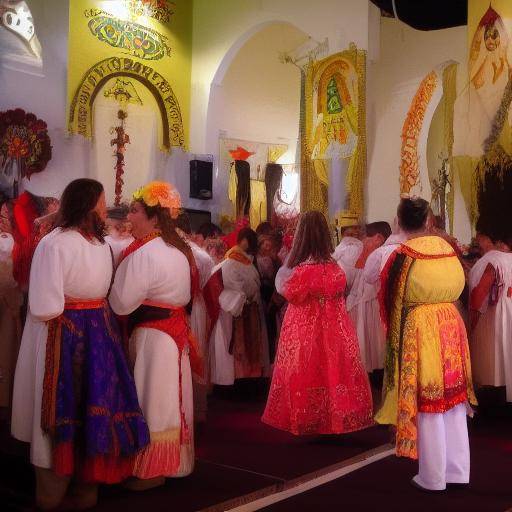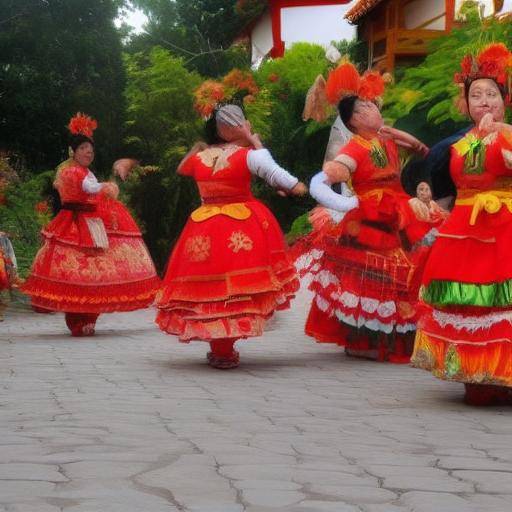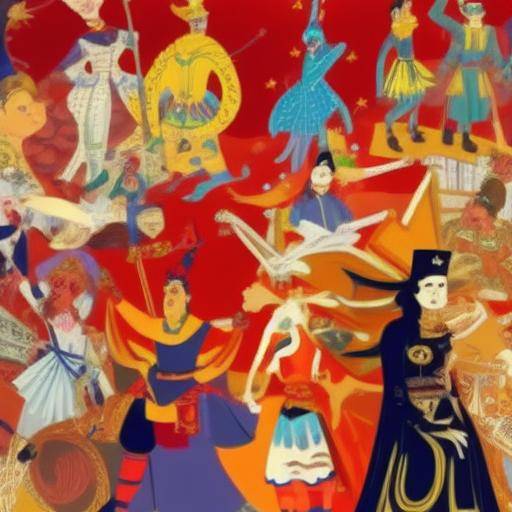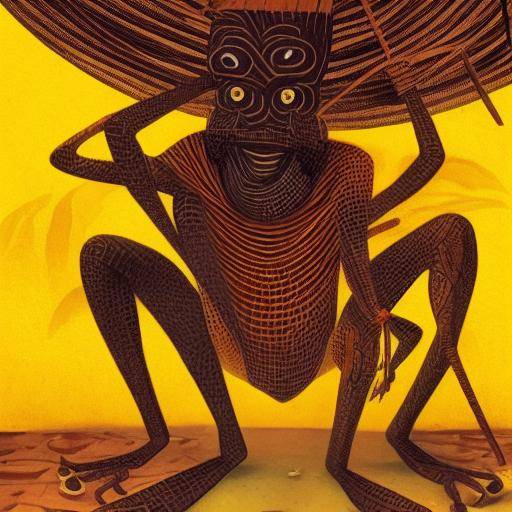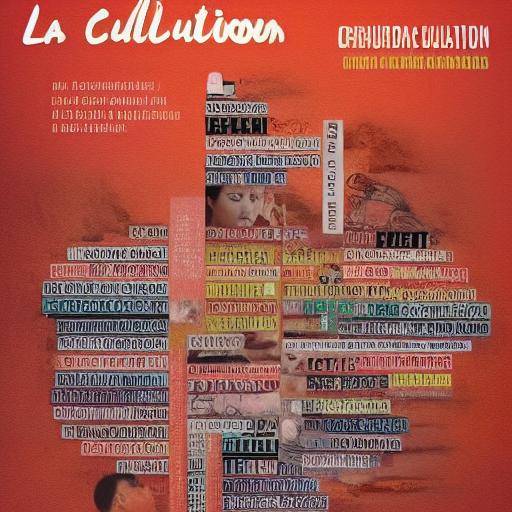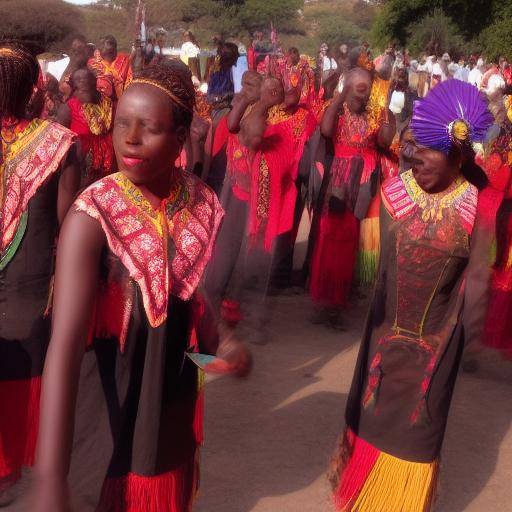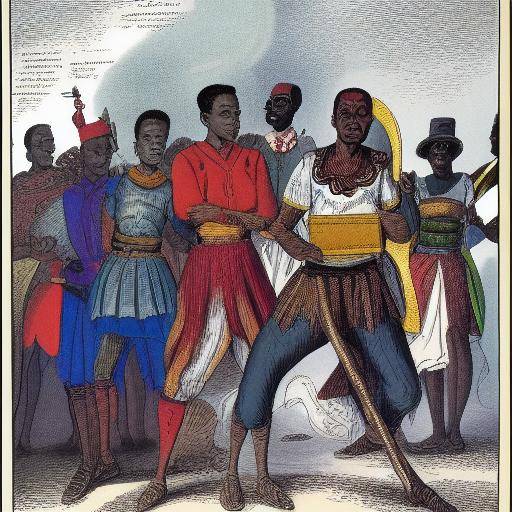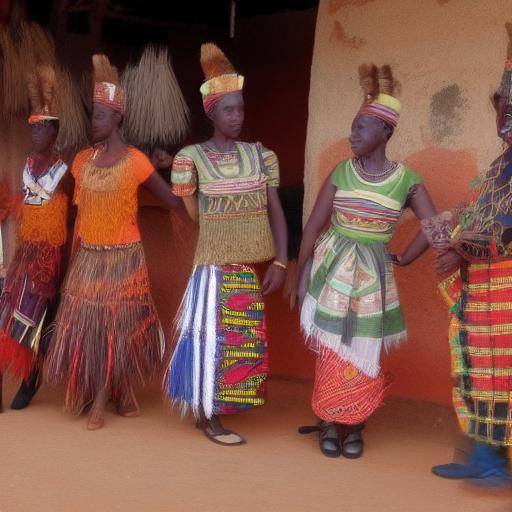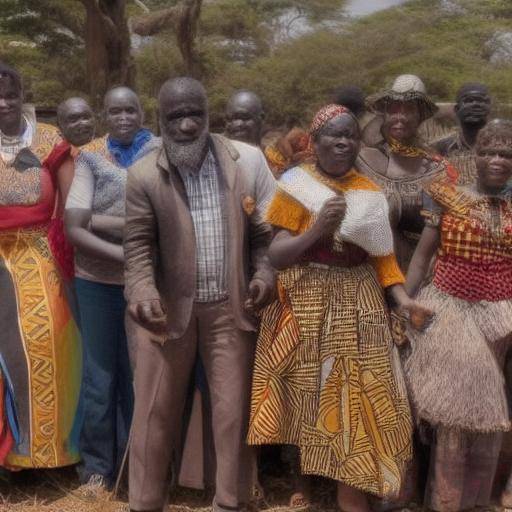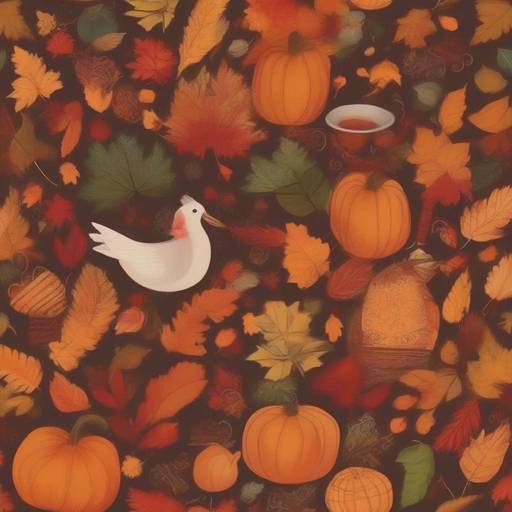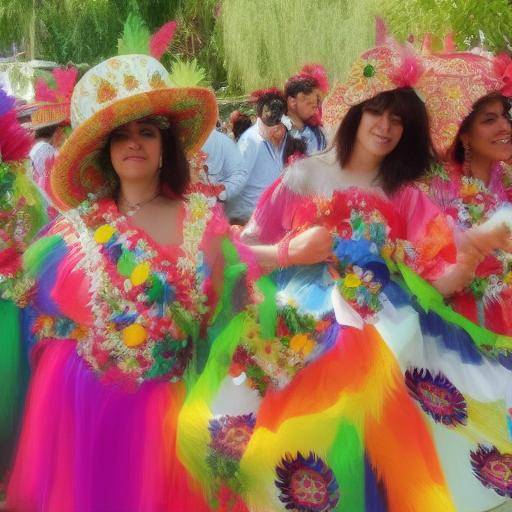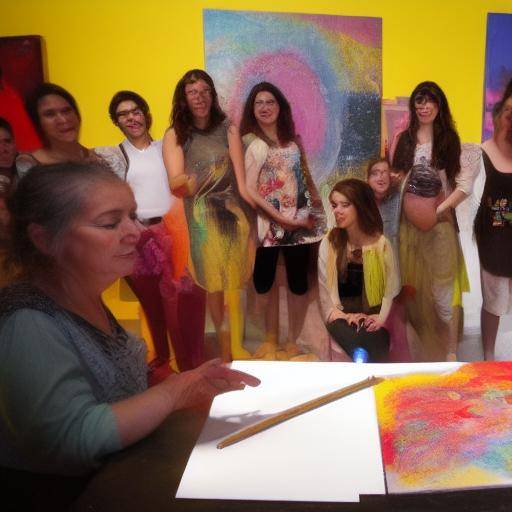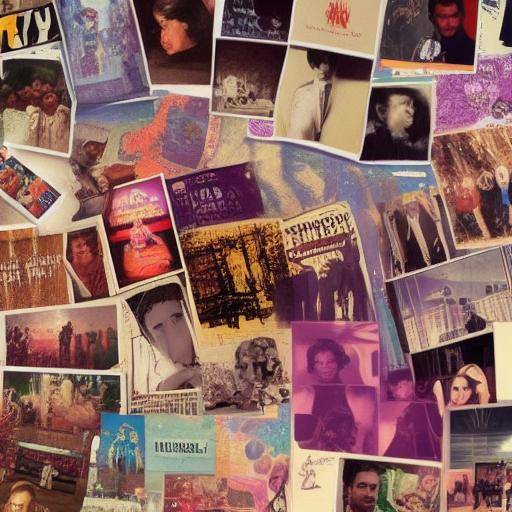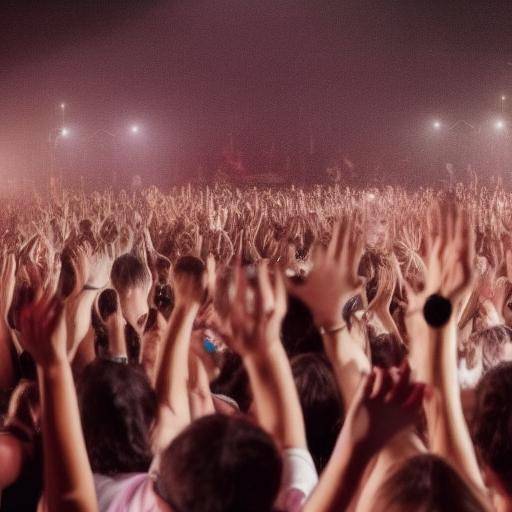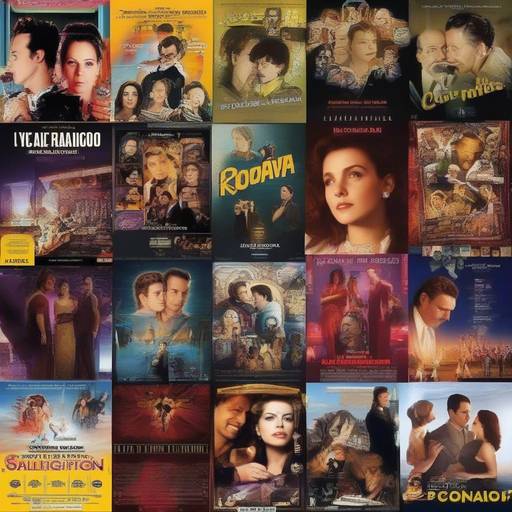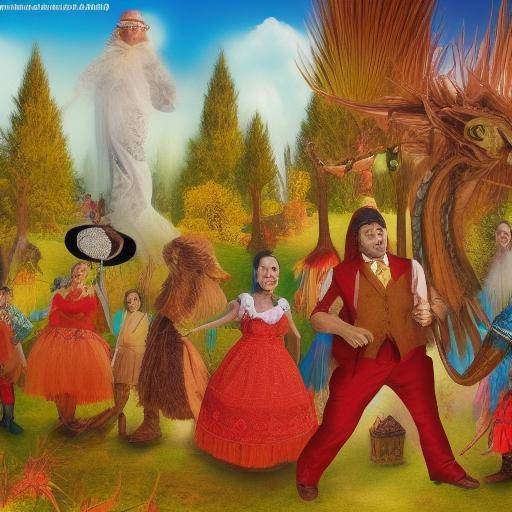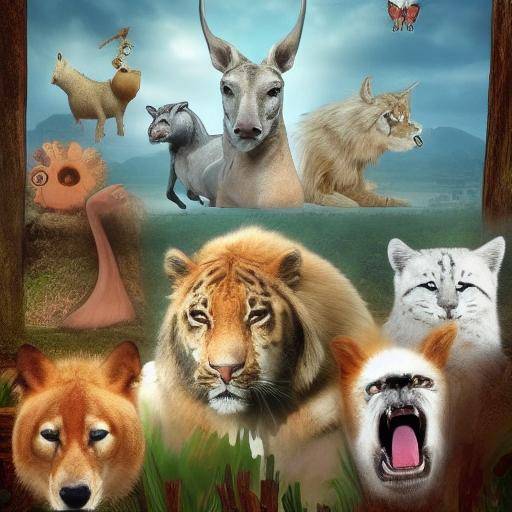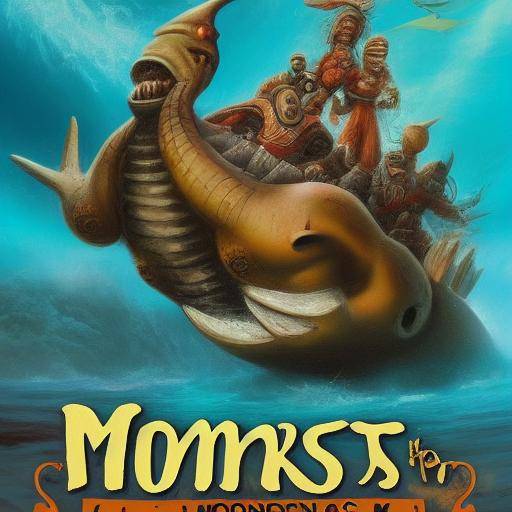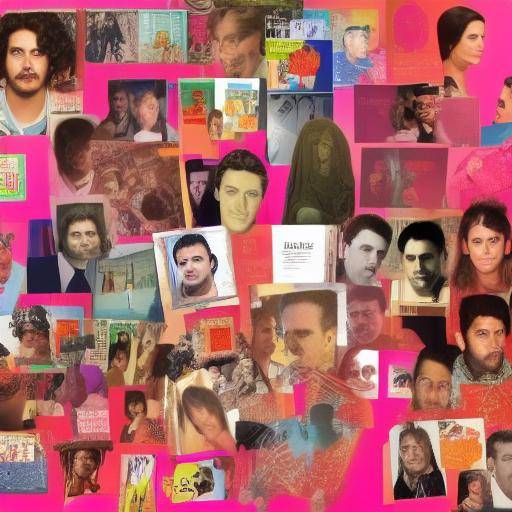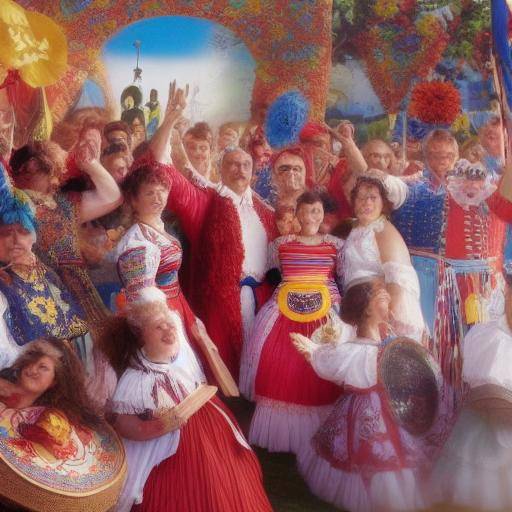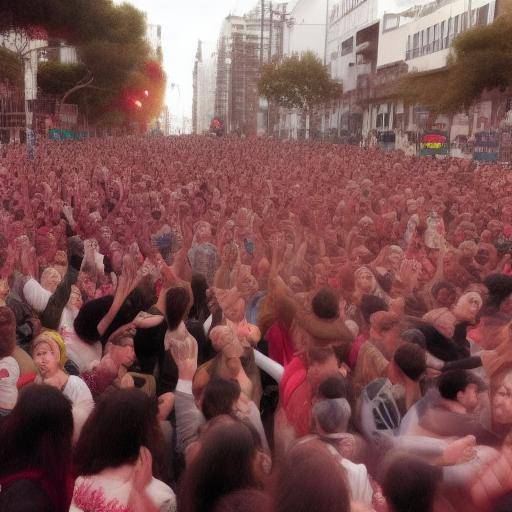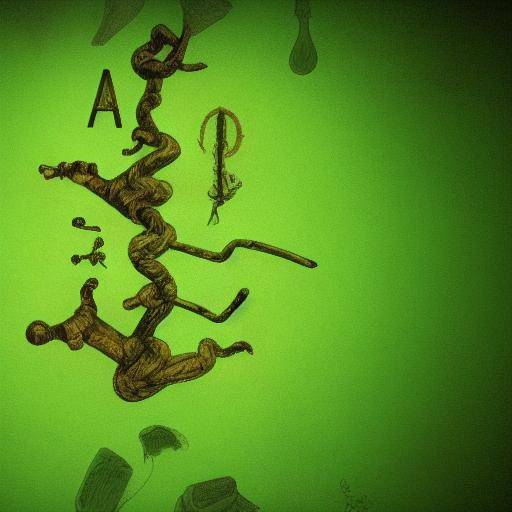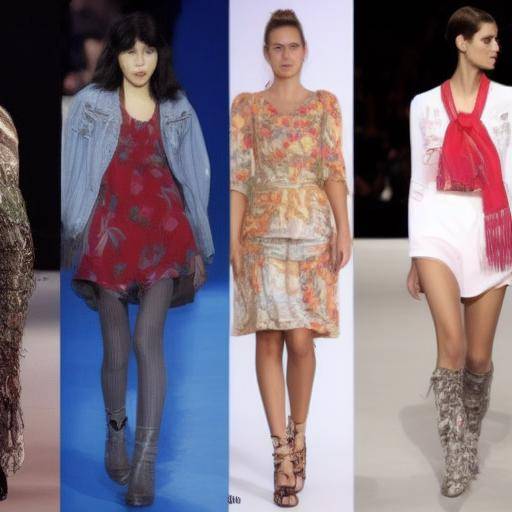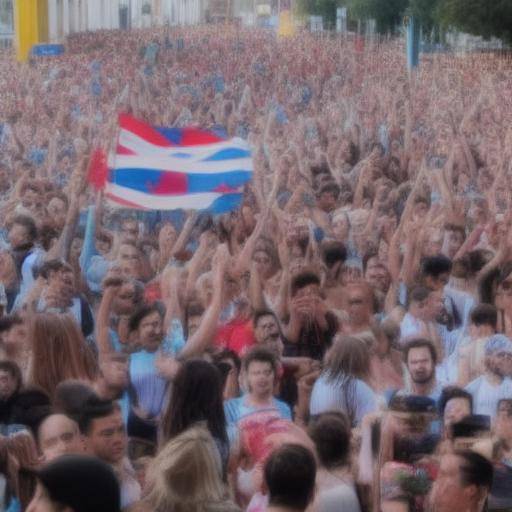
Introduction
The masks have played a crucial role in Asian folklore and culture over the centuries. From religious traditions to artistic expressions, these masks have been bearers of deep meanings and fascinating stories. In this article, we will explore the rich history, symbolism and evolution of masks in the Asian context, as well as its relevance in the folklore and culture of this region. Join us on this journey to discover the deep connection between the masks and the soul of Asia.
History and background
Asian masks have a rich and varied history dating back to thousands of years. Its use has been recorded in various cultures and civilizations, from ancient Chinese dynasties to the indigenous peoples of Japan and Korea. These masks have played multifaceted roles, from ritual ceremonies and festive celebrations to theatrical performances and traditional dances.
China: Masks and Spirituality
In China, masks have been closely linked to religious and spiritual practices. During festivals such as the Chinese New Year, traditional masks represent gods, guardian spirits and mythological animals, providing protection and blessings to those who carry them. The masks of Chinese opera, for example, are not only visual ornaments, but also convey the essence and character of the represented roles, each color and design has a specific meaning that communicates the moral and emotional qualities of the character.
Japan: Noh Theatre and Kabuki Masks
In Japan, Noh Theatre has been one of the most emblematic forms of performing art that has used masks to represent historical characters, divinities and folkloric figures. These masks are intricately carved and hand painted, each with its own symbolic and emotional meaning. The kabuki theater also uses masks and makeup developed to transform actors into archetypal characters, highlighting the narrative with stunning visual elements.
Korea: Talchum and masked dance
In Korea, masked dance known as talchum combines theater, music and dance in an art form that criticizes social injustices and satirizes popular customs. Talchum masks are colorful and expressive, and each design symbolizes different characters of society, from nobles and monks to comic and supernatural figures.
In-depth analysis
The use of masks in Asian culture has evolved along with socio-political and technological changes over time. Despite modern advances, masks still retain their importance in the daily life, art and traditions of many Asian communities.
Symbolism and function
Asian masks are not only objects of art, but also symbolic and ritual functions. They represent the duality between the human and the divine, the visible and the invisible, and the mortal and the immortal. In many rituals and festivals, masks are seen as mediators between the human and the spiritual world, allowing carriers to channel divine energies and connect with ancestors and deities.
Transformation and identity
The act of wearing a mask implies a transformation, both physical and spiritual. Artists and participants in rituals become other beings, adopting new identities and roles. This transformation is essential in many Asian traditions, where masks allow people to explore aspects of personal and collective identity, as well as express complex emotions and narratives.
Comprehensive review
Asian masks, folklore and culture are intertwined in ways that reflect Asia's rich cultural diversity and historical heritage. Theatrical performances and ritual ceremonies often incorporate masks as a way of preserving and transmitting the values, beliefs and mythologies of generation to generation.
Masks in folklore
In Asian folklore, masks play a central role in the narratives of myths and legends. These stories often involve supernatural heroes, gods and creatures that are represented through masks at festivals and theatrical performances. For example, at the Obon festival in Japan, masks are used to represent the spirits of the ancestors who return to visit their families.
Masks in contemporary culture
Although traditional masks remain vital in many Asian cultures, their use and meaning have evolved into the contemporary world. The masks are now in a variety of modern contexts, from cinema and television to fashion and contemporary art. The influence of traditional masks can be seen in the work of visual artists, fashion designers and choreographers who reinterpret these ancient symbols to express current and universal themes.
Comparative analysis
Compare and contrast Asian masks, folklore and culture allow us to appreciate the interconnection of these artistic expressions and cultural traditions. Despite regional variations, these manifestations share common roots in spirituality, collective identity and the celebration of humanity and nature.
Regional contracts
- China: The Chinese masks, especially in the opera, are known for their vibrant colors and specific symbolic meanings. Each color and design conveys moral and emotional aspects of the character.
- Japan: Noh masks are more austere and minimalist, designed to capture subtle expressions and moods. The Kabuki masks, on the other hand, are more extravagant and detailed, with elaborate makeup that complements the masks.
- Korea: Talchum masks are expressive and often humorous, used to satisfy social figures and criticize injustice. These masks are less formal than the Noh and Kabuki masks, but equally significant in their cultural context.
Practical advice and actionable recommendations
If you want to explore more deeply the world of Asian masks, folklore and culture, we recommend:
- Visit Asian Art Exhibitions: Many galleries and museums offer exhibitions that highlight the traditional and contemporary masks of Asia.
- Assisting traditional theatrical performances: Noh, Kabuki theatre works, and talchum are excellent opportunities to see masks in action and understand their meaning in the context of the narrative.
- Participate in workshops: Workshops on the elaboration and meaning of masks can provide a practical experience and a deeper understanding of these traditions.
Industry perspectives and expert opinions
Influence in contemporary arts
Experts in Asian art and culture point out that masks remain an inexhaustible source of inspiration and learning. Its influence extends beyond the borders of Asia, impacting the performing arts, fashion, design and other creative fields around the world. Contemporary artists often incorporate elements of traditional masks into their works, creating a dialogue between the old and the modern.
Relevance in global culture
Globalization has allowed greater diffusion and appreciation of Asian masks. The masks have become symbols of cultural identity and resistance, highlighting the importance of preserving and celebrating ancestral traditions in an increasingly interconnected world.
Case studies and applications in real life
Masks in cinema and theatre
The Asian masks have left an indelible mark on contemporary culture through their presence in films and plays. Movies like "The Chihiro Journey" by Hayao Miyazaki and theatrical productions by directors like Robert Wilson have used masks inspired by Asian traditions to create visually shocking and profound narrative worlds.
Influence in contemporary art
Artists such as Yayoi Kusama and Takashi Murakami have incorporated elements of traditional masks into their work, using these symbols to explore themes of identity, spirituality and pop culture. His works show how Asian masks can be reinterpreted and resigned in the context of contemporary art.
Future trends and predictions
Innovation in preservation and dissemination
Technology is playing a crucial role in the preservation and dissemination of Asian masks. High resolution digitalizations, increased reality and virtual reality are allowing viewers around the world to experience these traditions in an immersive way. In addition, social media platforms and online spaces are facilitating the diffusion of knowledge and the appreciation of Asian masks in new audiences.
Resurgence of interest
There is a resurgence of interest in ancient cultural traditions and practices, including masks. This cultural rebirth is driven by greater awareness of the importance of preserving cultural heritage and a deeper appreciation of cultural diversity in the globalized world. The Asian masks, with their rich history and meaning, are at the centre of this resurgence, and their influence is expected to continue to grow in the coming decades.
Conclusion and frequent questions
Conclusion
The masks in Asian folklore and culture are much more than simple ornaments; they are symbols of identity, spirituality and cultural resistance. Over the centuries, they have played a crucial role in religious ceremonies, theatrical representations and festive celebrations, transmitting values and beliefs from generation to generation. In the contemporary world, masks remain an inexhaustible source of inspiration and a reminder of Asia's rich cultural heritage.
Frequently asked questions
- What is the origin of masks in Asian culture?
- Asian masks have ancient origins and have been used in various cultures for religious ceremonies, theatrical representations and festive celebrations.
- What symbolic meanings do Asian masks have?
- The masks represent a wide range of symbolic meanings, from the duality between the human and the divine to the connection with nature and cultural identity.
- How are masks used in Japanese Noh Theatre?
- In Noh Theatre, masks are used to represent historical characters, divinities and folkloric figures, and are intricately carved and painted to convey symbolic emotions and meanings.
- What is the difference between the Chinese opera masks and the Japanese Kabuki masks?
- Chinese opera masks are known for their vibrant colors and specific symbolic meanings, while Kabuki masks are more extravagant and detailed, complemented by elaborate makeup.
- How have Asian masks influenced contemporary culture?
- Asian masks have influenced various areas of contemporary culture, including cinema, theatre, art and fashion, and continue to be a source of inspiration for artists and designers.
- Where can I learn more about Asian masks and their meaning?
- You can learn more about Asian masks by visiting Asian art exhibitions, attending traditional theater performances and participating in workshops on the elaboration and meaning of masks.
In short, Asian masks are a cultural treasure that continues to fascinate and inspire people from around the world. Through their rich history and meaning, they invite us to explore and appreciate the diversity and depth of Asian cultural traditions.


